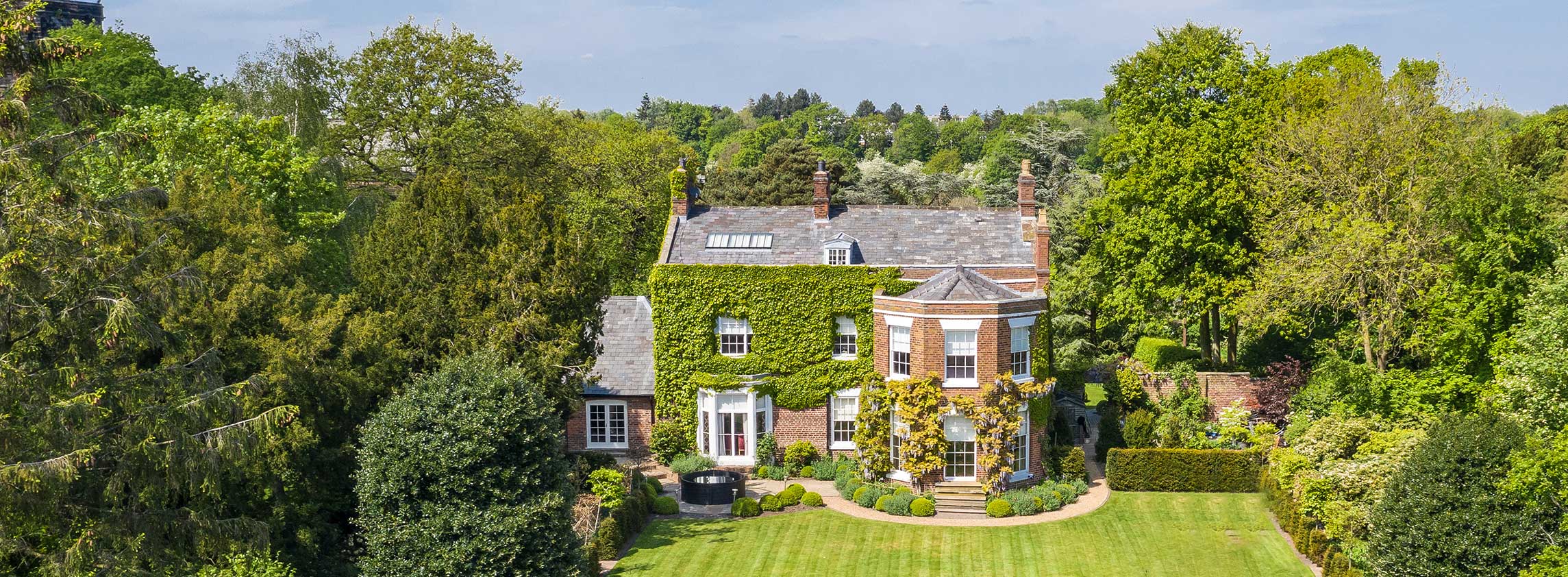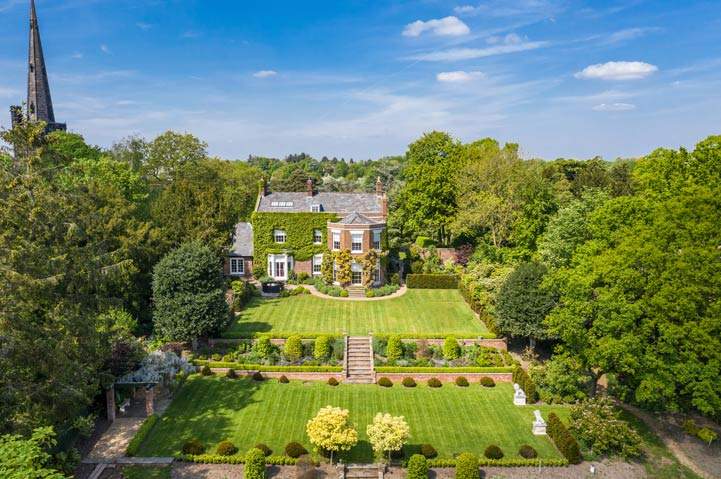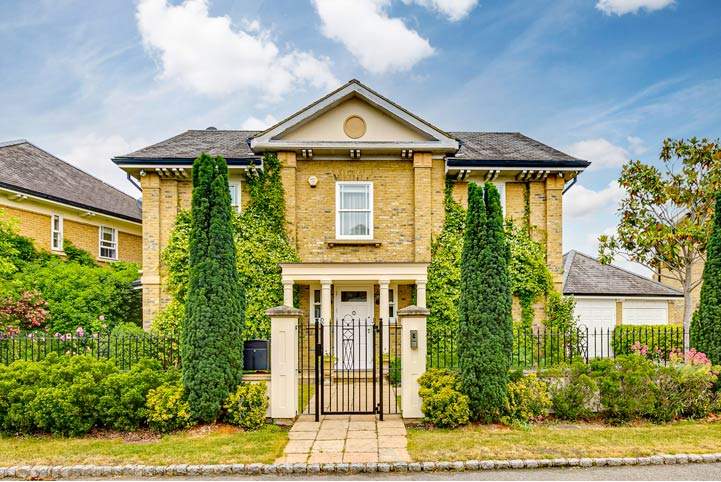Realignment of buyer and seller expectations key to prime regional market momentum whilst central London remains poised for a strong recovery
PRIME REGIONAL
Realistic expectations crucial to market momentum
Following four consecutive quarters of robust house price growth, the prime regional markets of the UK have seen values increase by 8.5% over the past year on average. This is the highest annual figure for more than a decade.
The experience of the various Covid-19 lockdowns caused many affluent buyers, often those with some existing housing wealth, to search for a larger home. We have also seen people make lifestyle and relocation moves to be closer to family, while others have prioritised quality of life choices above more rational and traditional homemover choices.
This means well-priced properties have been selling quickly, and those in the most sought-after markets have often attracted competitive bidding. At the same time, some sellers have been reluctant to bring their property to the market. In part, this has been due to concerns around the risks of Covid-19. However, a lack of available properties for them to buy has also been a factor, leading to a distinct lack of stock across much of the market.
Well-priced properties have been selling quickly, and those in the most sought-after markets have often attracted competitive bidding
Frances Clacy, Associate Director, Residential Research
These trends have impacted the country house and coastal markets in particular. They have seen substantial surges in demand but constrained supply and this has led to annual price growth of 12.9% and 14.6%, respectively.
As Covid-19 restrictions have lifted and the vaccine rollout continues, more stock is likely to come to the market. When this happens, a re-adjustment in buyer and seller expectations will be crucial to maintain current market momentum.
The tapered withdrawal of the stamp duty holiday in England and Northern Ireland will also remove some of the urgency we have seen across the market in recent months. Although the prime markets will be less affected by these changes, there is still less impetus to complete on a purchase by a certain date.
As such, while we expect values to keep rising, we anticipate the rate of price growth to soften throughout the remainder of this year.
Beyond 2021, the implications of gradually rising interest rates and the prospect of increased taxes will be the main drivers for the prime markets. Continued lockdowns and more government spending mean that any rise in taxes could be more imperative than originally anticipated. This leaves less capacity for significant price rises across these markets as buyers’ spending power is likely to be reduced, particularly after the strong price growth we have seen this year.
PRIME CENTRAL LONDON
Market remains set for take off
While activity in central London has remained robust, this is yet to translate into any meaningful price growth. Values have increased over the past year for the first time since late 2014, before the stamp duty overhaul, though only by a marginal 0.5%.
In particular, the prime central London flats market has lagged behind as it tends to be more dominated by overseas buyers and those seeking a pied-à-terre for use midweek. Domestic buyers and London-based international buyers have focused their attention on houses with outside space in a bid to upsize during the recent race for space.
However, there is still pent-up demand from those who have been unable to travel, which suggests there is likely to be a rebalancing in activity when office-based workers return to their desks and international buyers are able to visit the capital more easily again.
The prime central London flats market has lagged behind as it tends to be more dominated by overseas buyers and those seeking a pied-à-terre for use midweek
Frances Clacy, Associate Director, Residential Research
Buyers are well aware of the value on offer both in a historical and global context – prices remain on average 20.3% below their 2014 peak. As such, we expect this window of opportunity to close quickly as travel corridors reopen.
The return of international travel is crucial for there to be a more significant recovery in prices across the most central, high-value parts of the capital. The timings of this are difficult to determine, but the prospects for global wealth generation give us confidence that the medium- and long-term outlook are strong. It therefore remains a case of when, and not if, that recovery takes place.
OUTER PRIME LONDON
Positive prospects for the capital
Much like the regional markets, larger family homes with outside space have been the top performers in London over the past year or so.
However, going forward, we expect to see increasing demand for a broader range of property types now that social distancing restrictions have been relaxed, the vaccination programme continues and the capital regains its buzz.
This will see a more significant recovery in the North and East London markets – such as Canary Wharf and Wapping – whose housing stock by nature is much more dominated by flats than houses. Indeed, as office workers continue their return to London, even if on a part-time basis, we will also see the return of demand for the pied-à-terre market across much of prime London.
Our June buyer and seller survey suggests there remains a core of unmet demand from those looking to move within London and those looking for a weekday base. As the year goes on, we expect there to be a greater focus on London, so the price growth we have seen in the first six months of this year is likely to be sustained throughout the remainder of 2021 and into 2022.
As with the regional markets, longer-term drivers are expected to be interest rate rises and the prospect of increased taxes.


